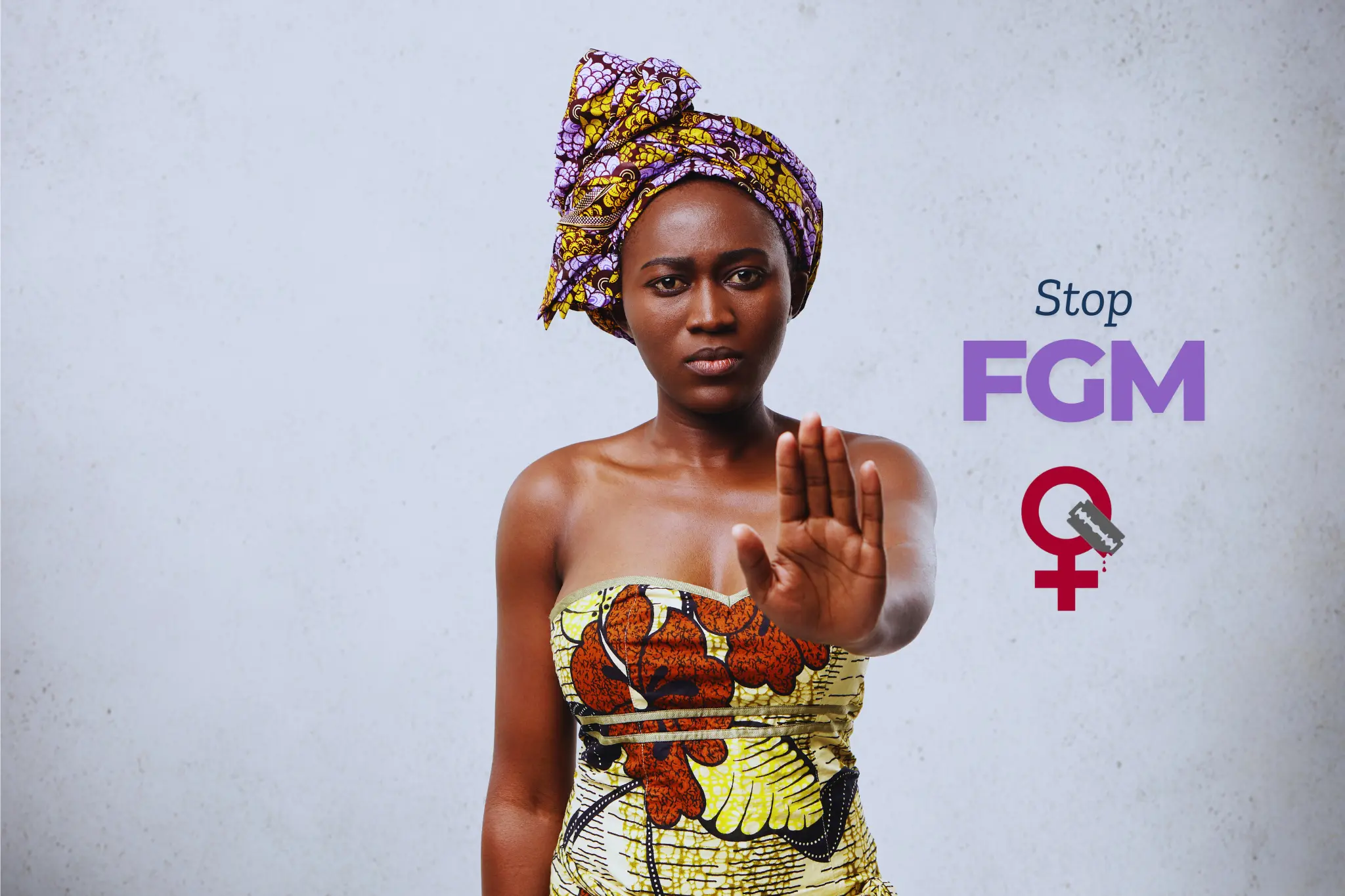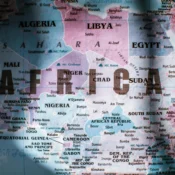
Understanding Female Genital Mutilation
A Global Issue That Needs Our Attention
Female Genital Mutilation (FGM) is a harmful cultural practice that affects millions of women and girls worldwide. It is a deeply rooted tradition in many parts of the world, yet its consequences are devastating to those who undergo it. As an issue that transcends borders, religion, and race, it continues to be a major human rights violation with far-reaching physical, emotional, and social effects. This blog will take a closer look at what Female Genital Mutilation is, why it persists, and how we can work together to raise awareness and fight for an end to this practice.
What is Female Genital Mutilation (FGM)?
Female Genital Mutilation refers to the partial or total removal of the external female genitalia or other injury to the female genital organs for non-medical reasons. It is typically performed on young girls between the ages of infancy and 15, but in some cases, it may occur later in life. The practice is most prevalent in parts of Africa, the Middle East, and some Asian countries, though it also affects immigrant populations in countries like the United States, Canada, and European nations.
There are four main types of Female Genital Mutilation, ranging from the partial or total removal of the clitoris to more severe procedures that involve stitching or narrowing the vaginal opening. All forms of Female Genital Mutilation are harmful, with serious long-term physical and psychological consequences.
Why Does Female Genital Mutilation Continue to Persist?
Female Genital Mutilation is often seen as a deeply ingrained cultural practice, linked to traditions, religion, and social norms in some communities. However, it is not a religious requirement in any major religion, despite what may be claimed in certain cultures. The reasons for its continuation are complex and multifaceted:
Cultural Tradition: In many communities, this practice is seen as a rite of passage or a way to preserve cultural identity. It is believed to make girls more “marriageable” or to maintain family honor. Those who do not undergo it may be stigmatized or rejected by their communities.
Perceived Hygiene and Sexual Control: Some people believe that Female Genital Mutilation improves hygiene or purity. Others see it as a way to control a woman’s sexuality, reducing her desire for sexual activity and ensuring her virginity before marriage.
Lack of Education: In many areas where Female Genital Mutilation is prevalent, there is a lack of education about the dangers and human rights violations associated with the practice. It is often carried out in secret, sometimes by traditional circumcisers rather than medical professionals, further perpetuating misinformation and harm.
Social Pressure and Fear: Women and girls who have not undergone Female Genital Mutilation may face social exclusion, discrimination, or even violence. In some communities, there is intense pressure to conform to societal expectations, making it difficult to break free from the cycle.
The Physical and Psychological Impact of Female Genital Mutilation
The consequences of Female Genital Mutilation are severe and long-lasting, affecting the body, mind, and soul.
Physical Consequences
Pain and Infection: This practice is often performed without anesthesia in unsanitary conditions, leading to intense pain, bleeding, and a high risk of infection.
Complications during Childbirth: Women who have undergone Female Genital Mutilation are at greater risk of complications during childbirth, such as prolonged labor, hemorrhaging, or the need for cesarean sections.
Urinary and Menstrual Problems: Many women who have been involved experience painful urination, menstrual irregularities, and chronic pain in the genital area.
Infertility: Severe forms of this mutilation can cause scarring or blockages that may lead to infertility.
Increased Risk of HIV/AIDS: In some cases, Female Genital Mutilation can increase the likelihood of contracting HIV due to the use of non-sterile instruments and tissue damage.
Psychological Consequences
Trauma and PTSD: The traumatic experience of this Mutilation can lead to long-lasting psychological effects such as depression, anxiety, and post-traumatic stress disorder (PTSD).
Loss of Identity: Girls who undergo Female Genital Mutilation may feel a loss of identity, as the practice often leaves them feeling disconnected from their bodies and sexual self.
Shame and Fear: Many women report feelings of shame or fear around their sexual health and well-being due to the trauma associated with Female Genital Mutilation.
The Global Efforts to End Female Genital Mutilation
Over the past several decades, there has been significant progress in the global fight against this practice. Governments, non-governmental organizations (NGOs), and activists have worked together to raise awareness, provide education, and advocate for laws to criminalize the practice.
International Laws and Policies: The United Nations (UN) has called for an end to Female Genital Mutilation, and many countries have implemented laws to ban the practice. However, enforcement remains a challenge in some regions.
Community-Based Interventions: Many grassroots organizations work directly with communities to educate and shift cultural perceptions around the practice. These programs often focus on involving community leaders, religious figures, and elders in the conversation to encourage alternative practices.
Support for Survivors: Many survivors of Female Genital Mutilation require long-term medical and psychological support. Organizations like the FGM Survivors Network and others provide resources, counseling, and health services to help women heal from the trauma of Female Genital Mutilation.
Empowering Women and Girls: Programs that empower women and girls to challenge social norms and make their own choices are crucial in ending the practice. Education, access to reproductive health services, and building self-confidence are key steps toward dismantling the cultural support for Female Genital Mutilation.
What Can We Do to Help End Female Genital Mutilation?
Ending this practice requires collective global action. Here’s how we can all contribute:
Raise Awareness: Share information about it with friends, family, and social media followers. Educating others is one of the most powerful tools for combating this practice.
Support Organizations: Donate to or volunteer with organizations like Blossomflow Foundation that are working to end Female Genital Mutilation, whether it’s providing medical care, supporting survivors, or advocating for policy change.
Advocate for Change: Support laws and policies that ban the practice and protect women’s rights. Contact your local representatives and encourage them to take a stand against this harmful practice.
Promote Gender Equality: Supporting women’s rights, education, and leadership at all levels is crucial in dismantling the patriarchal structures that perpetuate Mutilation.
Conclusion
Female Genital Mutilation is a human rights violation that continues to harm millions of girls and women around the world. While progress is being made to eradicate the practice, there is still much work to be done. By educating ourselves, supporting survivors, and advocating for laws and cultural change, we can contribute to a future where no girl has to endure this painful and dangerous procedure. It’s up to all of us to stand together in the fight to protect the health, well-being, and dignity of every woman and girl.
Let’s raise our voices, break the silence, and fight for a world where women are empowered, respected, and free from harm. For more information, visit our Blog Section.
All Categories
Recent Posts
True Stories of Period Poverty From Africa
She Was Just a Girl: The Untold Realities of Child Marriage
Tags
Give them a helping hand
Every donation fuels our mission to combat period poverty. Your generosity brings us closer to menstrual equity.
+234-909-482-1642
inquiries@blossomflow.org




